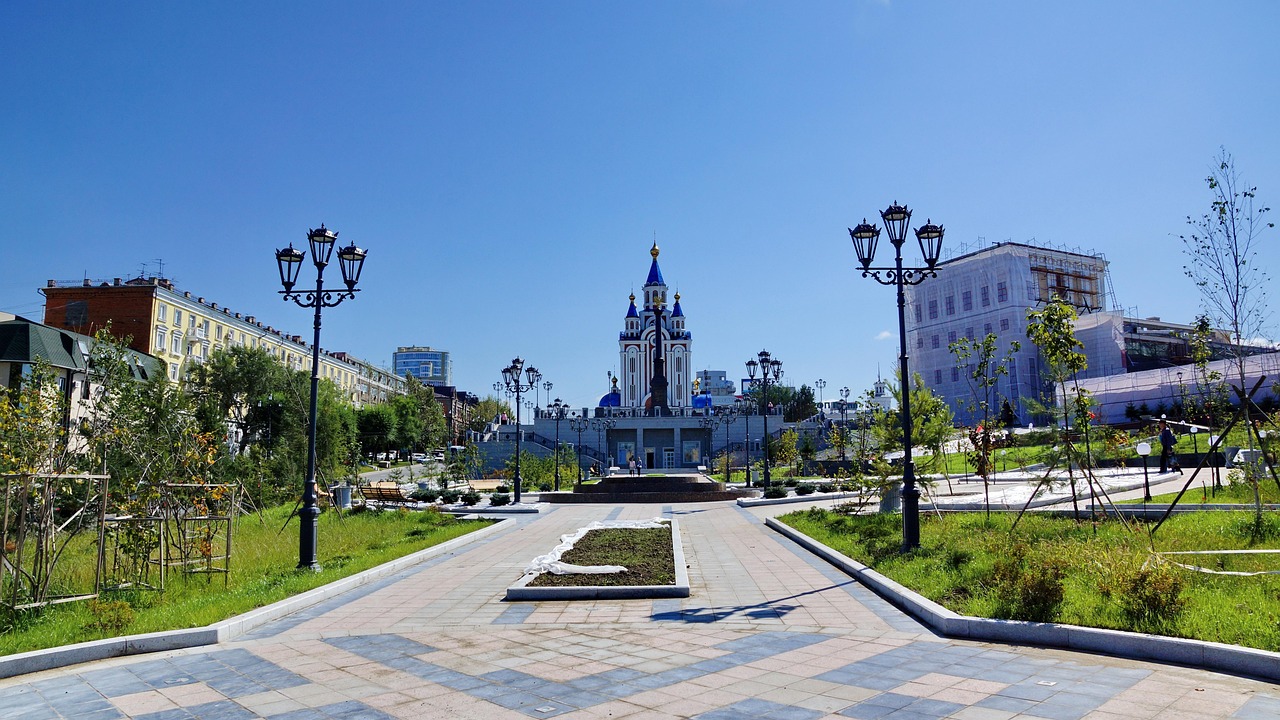In the bustling landscape of urban centers, the office building stands as a symbol of progress and a testament to the ingenuity of human design. The term "office building" in English encapsulates more than just a structure; it represents the hub of commerce, innovation, and the daily grind of the modern workforce. This article delves into the essence of office buildings, their evolution, and their impact on society and the economy.
The concept of an office building as we know it today has its roots in the industrial revolution, when the need for centralized spaces for business operations became apparent. As cities expanded and commerce flourished, so did the demand for buildings dedicated to the purpose of housing businesses and their employees. The term "office building" itself is a reflection of this functional and utilitarian nature, with "office" deriving from the Latin "officium," meaning duty or service, and "building" being the physical structure that houses these services.
The Evolution of Office Buildings
The evolution of office buildings can be traced through various architectural movements and technological advancements. From the early days of simple brick and mortar structures to the modern skyscrapers that grace our skylines, office buildings have undergone a transformation that mirrors the development of society itself.
1、Early Office Buildings: The first office buildings were often adaptations of existing structures, such as warehouses or residential buildings. They were rudimentary and lacked the specialized features we associate with modern offices, such as elevators, air conditioning, and advanced communication systems.
2、Skyscrapers: The invention of the elevator and the development of steel-frame construction in the late 19th century allowed for the birth of the skyscraper. Buildings like the Home Insurance Building in Chicago, completed in 1885, set the stage for the vertical expansion of office space. These towering structures not only provided more room for businesses but also became symbols of a city's economic prowess.
3、International Style: The mid-20th century saw the rise of the International Style, characterized by minimalist design, glass curtain walls, and a focus on functionality. Office buildings like the Seagram Building in New York City, designed by Ludwig Mies van der Rohe, exemplify this style, prioritizing the aesthetic of clean lines and open spaces.
4、Green Buildings: In recent years, there has been a shift towards sustainable and eco-friendly office buildings. The focus is on reducing environmental impact through energy-efficient design, the use of renewable materials, and the incorporation of green spaces. Buildings like The Edge in Amsterdam, designed by PLP Architecture, are leading the way with their smart technology and commitment to sustainability.

The Role of Office Buildings in Society
Office buildings are more than just places where work is done; they are integral to the social fabric of cities. They serve multiple roles:
1、Economic Engines: Office buildings are the backbone of urban economies, providing jobs and contributing to the GDP. They house the headquarters of major corporations, small startups, and everything in between, driving innovation and economic growth.
2、Social Hubs: They are also social hubs, where people from diverse backgrounds come together to collaborate, network, and socialize. The office building is a melting pot of ideas and cultures, fostering a sense of community and belonging.
3、Architectural Landmarks: Many office buildings have become architectural landmarks, reflecting the spirit of the times and the aspirations of the society they serve. They are often the first structures that visitors see when they arrive in a city, setting the tone for their experience.
The Impact of Office Buildings on the Economy
The presence and prominence of office buildings in a city can be a barometer of its economic health. They are a tangible sign of investment and development, attracting both local and foreign businesses. The demand for office space is a key indicator of economic activity, with a high demand often correlating with a robust economy.
1、Real Estate Market: Office buildings are a significant part of the real estate market. The value of office space can influence property prices in surrounding areas, affecting both commercial and residential real estate.
2、Employment Opportunities: The presence of office buildings can create a ripple effect in terms of employment. Not only do they provide direct employment for those working within the buildings, but they also support indirect employment in sectors such as food services, retail, and transportation.
3、Urban Planning: Office buildings play a crucial role in urban planning. They influence the layout of cities, with the need for efficient transportation networks, public spaces, and residential areas to support the workforce.
The Future of Office Buildings
As we look to the future, office buildings are poised to evolve further in response to changing work patterns and technological advancements. The rise of remote work and the need for flexible workspaces are driving a shift in how office buildings are designed and used.
1、Flexibility and Adaptability: Office buildings of the future will need to be more adaptable to accommodate the changing needs of businesses. This may include more modular designs that allow for easy reconfiguration and the incorporation of technology that supports remote work.
2、Health and Well-being: With a greater focus on employee well-being, future office buildings will likely prioritize features that promote health, such as natural light, access to green spaces, and ergonomic design.
3、Technology Integration: The integration of smart technology will be a key feature of future office buildings. This includes energy management systems, advanced security measures, and communication technologies that enhance collaboration and efficiency.
In conclusion, the office building is a multifaceted entity that goes beyond its physical structure. It is a cornerstone of urban life, a driver of economic growth, and a canvas for architectural innovation. As society and technology continue to evolve, so too will the office building, reflecting the changing needs and aspirations of the people it serves.

在足球的世界里,球星们不仅是场上的英雄,也是公众人物,他们的行为举止...

直播吧9月12日讯拉齐奥主帅巴罗尼接受了媒体的采访,对球队新援、阿森...

直播吧9月20日讯本轮中超北京国安客场3-1战胜梅州客家。第88分钟...

北京时间9月23号,陈梦解锁“校长”身份,孙颖莎王楚钦也有新身份,马...

2026世界杯南美区预选赛又战罢两轮,五届世界杯冠军得主巴西仅取得1...